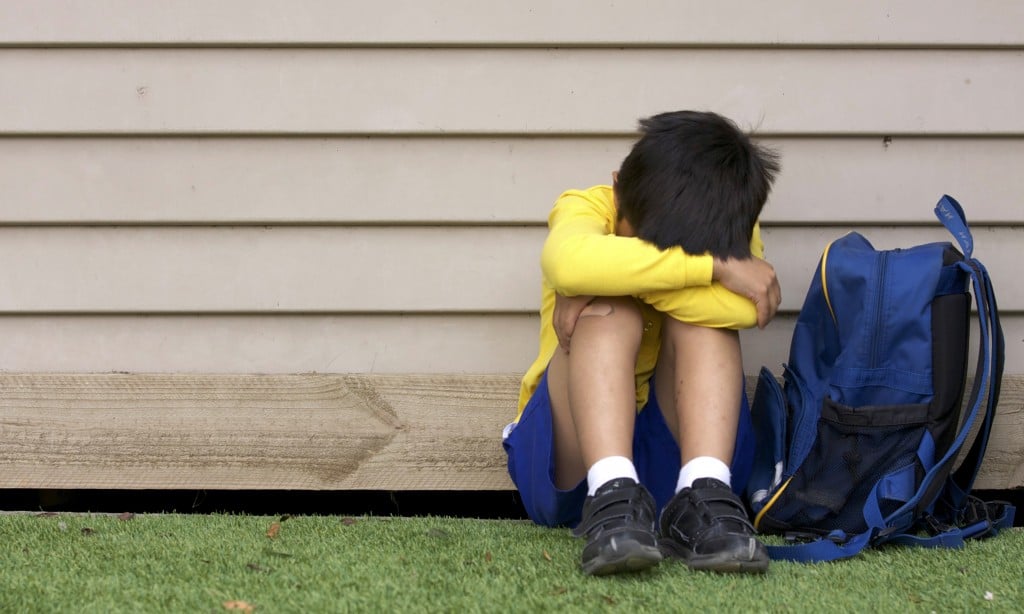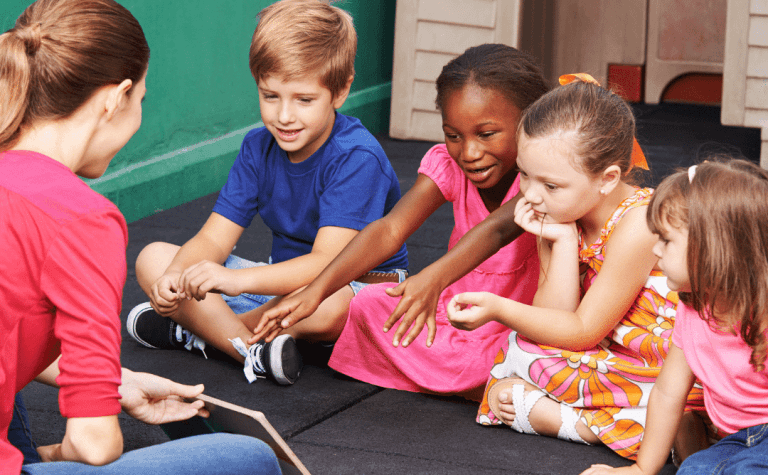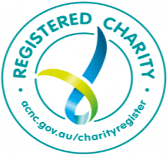Chances are that at some point you’ll need to navigate conversations about race and racism with the children in your life. This is true whether you’re a parent or guardian, a grandparent, an aunt or uncle, an au pair or other caregiver.
To make this easier, as well as more authentic and effective, All Together Now has partnered with the ABC series The School That Tried to End Racism to create this guide for adults having conversations with children about racism.
Facts
School is the place where children are most likely to experience racism.
- Almost two thirds, and (60%) of students say they have witnessed racism in school.
- Around a third (33%) of state-school students have experienced racism from their peers.
- 43% of students reported they witnessed teachers discriminating against other students based on their race, including one study which found that around 20% of Asian-Australian students experienced racial discrimination from their teachers.
The most common forms of interpersonal racism in school include students being told they don’t belong, called names, left out, spat on, pushed or hit. Interpersonal racism can also happen online.
Students who are racially targeted may experience detrimental health effects. Teachers report not feeling adequately trained to respond to racism.

What should I do?
1. LEARN ABOUT RACE AND RACISM.
The first step is to build your own understanding about race and racism, if you have not already done so, and particularly if you have never experienced racism yourself.
If you think you need to learn more about race and racism before having these discussions with the children in your life, perhaps start by reading books on the topic, and thinking about the role that your own race has played in your life.
Tip #1
You might find it easier to discuss racism with adults first to increase your comfort in discussing race, before discussing it with children.
2. DISCUSS RACE REGULARLY – AND START EARLY.
Research shows that children understand race from a very young age.
It’s important in your conversations with children about race to stress that while people have differences they are also likely to share many similarities. For example, while another child may have different coloured skin, a different accent or nationality, a different religion, or eat different food from your family, they might live in the same area, and have similar interests and hobbies.
Tip #2
Discussions about racism should happen often throughout childhood to dispel any stereotypes that the child may learn from others.
3. DISCUSS RACISM BETWEEN PEOPLE.
Help the children in your life understand that racism between people may take many different forms – some more obvious than others. While more easily-identifiable forms of racism includes behaviour such as racist jokes or bullying, racist micro-aggressions might include experiences such as disapproving glances, body language that makes people feel excluded, or words that make people feel like their experiences or feelings don’t matter.
Consider using news media, social media, games, films or storybooks that touch on racism as teaching moments. They may help trigger an authentic conversation about the different forms that racism can take and how that might make someone feel.
Tip #3
Challenge the idea that “bad” people are racist, and instead explain that many people have biases that they act on without realising. Encourage children to understand that racism is complicated and it is up to all of us to do our bit to make sure we and the people we know are not being racist towards others.
4. DISCUSS THE IMPACTS OF INSTITUTIONAL RACISM.
It’s important to help children understand that racism is not just something that happens in interactions between people, it’s also built into our systems.
Popular culture can be a great starting point to discuss forms of institutional racism, and its unfair impacts on individuals, families, and groups. Depending on the maturity of the children in your life, you might focus on examples of institutional racism such as how children in your school are affected by institutional racism, or looking at diversity in the media.
Tip #4
Talking with children about the past and present experiences of First Nations peoples is a great way to start teaching them about systemic and institutional racism in Australia. Challenging the idea that Captain Cook discovered Australia, explaining what happened to the Stolen Generations, and talking about how and why Aboriginal deaths in custody occur are all good places to start.
5. PRACTICE WAYS TO CHALLENGE RACISM.
Simple actions for younger children might include speaking up for a friend who’s being bullied or excluded if it is safe to do so, or writing an email to the school principal about a racist incident they witnessed.
Older children might be encouraged to publicly stand up for students being racially marginalised, raise money for anti-racism activities, or support a friend who chooses to speak out when they experience racism. If the child decides to try these ideas out, be supportive and encouraging to help them overcome roadblocks they might encounter when challenging racism (such as denial of racism)
Tip #5
Modelling anti-racist behaviour in your own life is a great way to demonstrate to the children around you how they can challenge racism.
What should I avoid doing?
While often well-intentioned, messages like “we shouldn’t see race”, or “we all bleed the same coloured blood” ignore the fact that racism is embedded in society, and that some people benefit while others are treated unfairly on the basis of their racial identity.
Instead, acknowledge the inequalities that racism creates when it comes to the opportunities people may get access to, do your bit to challenge racism and encourage those around you to create a world where everyone is treated fairly.

What should I do if my child experiences or witnesses racism in school?
If a child in your care has experienced or witnessed racism at school, you might:
1. Raise this with your child’s teacher. Hopefully they will be supportive, and seek to integrate anti-racism activities in their classroom. But if they are dismissive, or deny racism occurs in their classroom, you still have options.
2. You might choose to speak with the school principal. You might also suggest they take a school-wide anti-racism approach such as some of the activities in the ABC series, The School That Tried To End Racism.
3. Keep a diary of incidents they’ve witnessed or experienced, with details of what happened, the date, and who was involved. This might be useful evidence if you decide to report racism.
4. Find out if your child’s school has a teacher that is responsible for supporting children who have experienced or witnessed racism. Seek out whether your school has a person in this position and arrange a meeting with them to see what they might be able to do about racism in the school. If your school does not have an anti-racism officer, suggest to the Parents & Citizens Association or the school Principal that they nominate one.
5. Raise the matter with the body that has jurisdictional responsibility for the school (e.g. your state or territory’s Department of Education, or the relevant private school body), if none of the previous options work.
6. Ask for more diversity in school texts and resources. Including people from different races in teaching materials helps children to understand that everybody has a valuable role to play in society. If you feel there’s a lack of diverse representation in the texts and resources being studied in class or assignments, raise this with your child’s teacher.
The School That Tried to End Racism
Hosted by Walkley award-winning journalist, Marc Fennell, The School That Tried to End Racism, explores a ground-breaking pilot program designed to provide school children with the tools to identify racial bias and make positive change. The documentary premiered on ABC TV and ABC iview.
Everyday Racism App
Everyday Racism is a game/education app, which challenges players to live a week in the life of an Aboriginal man, a Muslim woman, an Indian student or just yourself. Everyday Racism offers a journey to better understand racism by walking in the shoes of someone else for seven days.



